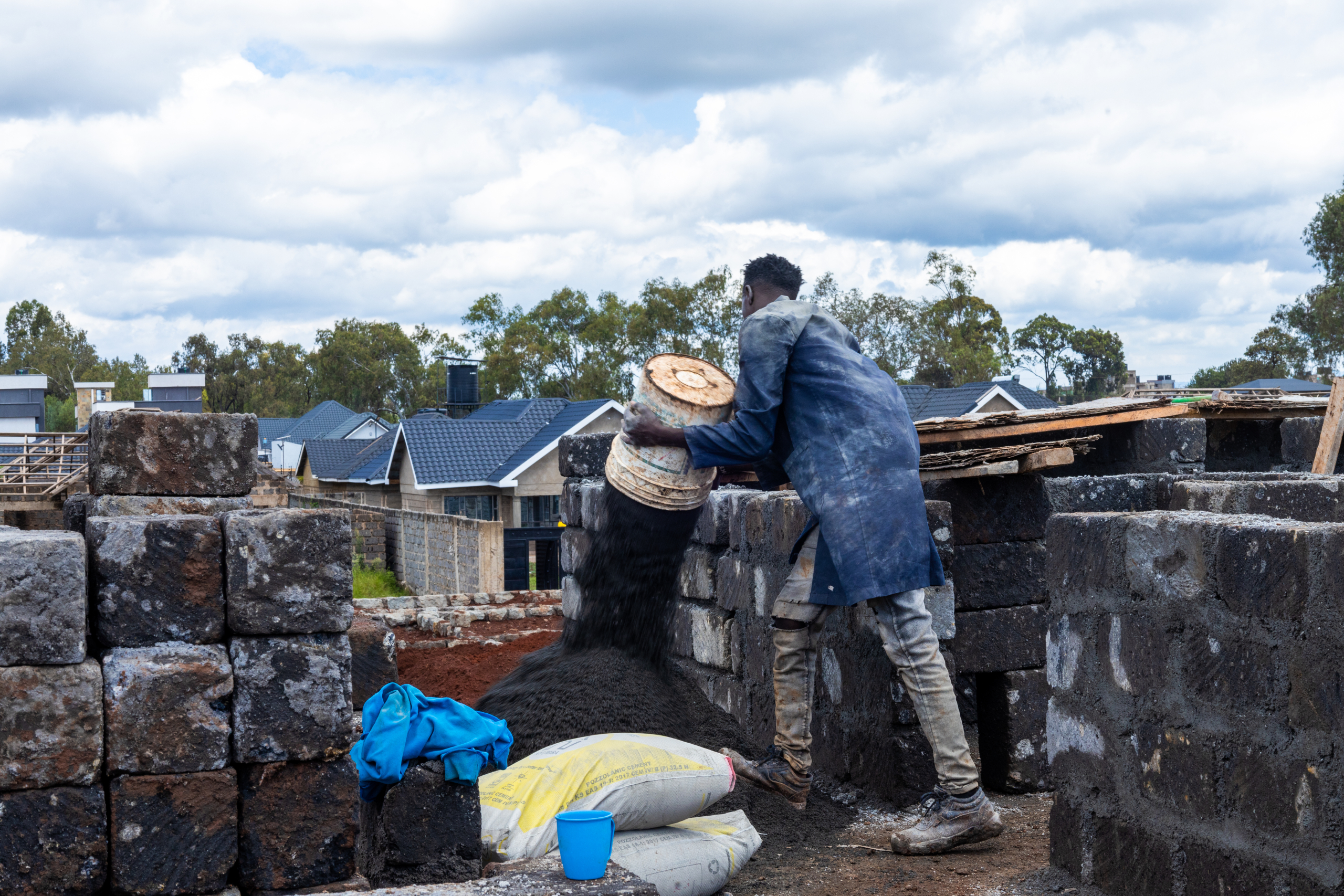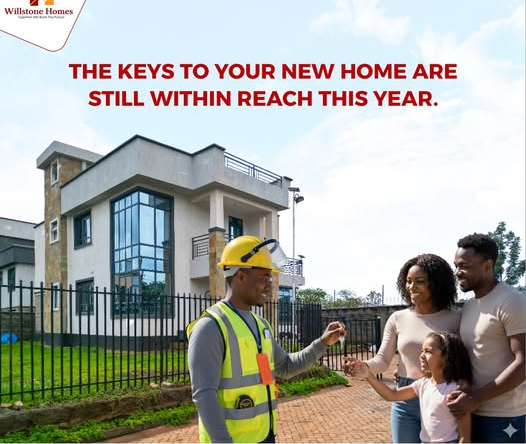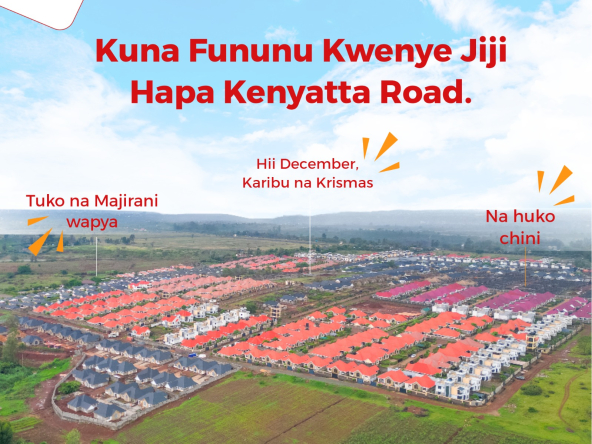In a country where cement has long reigned supreme, a quiet revolution is reshaping the foundations of Kenyan construction. Alternative building materials in Kenya, such as compressed earth blocks (CEBs), interlocking blocks, and recycled plastic bricks, are gaining momentum—challenging the dominance of cement-based construction.
As urban populations swell and environmental concerns escalate, the Kenyan real estate sector is undergoing a profound transformation. Developers, homeowners, and innovators alike are now looking to build eco-friendly homes that are cost-effective, sustainable, and adapted to local conditions.
The Rise of Alternative Building Materials in Kenya
Kenya’s construction industry is among the fastest-growing in Africa, contributing over 7.2% to the country’s GDP as of 2023 (KNBS). Yet, the sector faces escalating challenges:
- Soaring cement and steel prices
- Environmental degradation from conventional materials
- Urban housing shortages, especially for low-income groups
This has created a demand for locally sourced, affordable, and sustainable materials—a gap that alternatives like CEBs and plastic bricks are beginning to fill.
Read Also: Wetland Development Nairobi: Why Developers Are Eyeing the Swamp for Real Estate Expansion
Compressed Earth Blocks (CEBs): Modern Mud for Modern Homes
Compressed Earth Blocks are made by compressing a mixture of soil, stabilizers like cement or lime, and water using a manual or hydraulic press. Unlike traditional mud bricks, CEBs are uniform, stronger, and require minimal firing.
Benefits of CEBs in Kenya:
- Cost savings: Up to 30–40% cheaper than conventional brick-and-mortar construction
- Thermal regulation: Keeps homes cooler in hot regions
- Reduced cement usage: Aligns with green construction goals
“We’ve used CEBs in Kakamega and Machakos with great success. They are ideal for self-builders,” says Elijah Ochieng, founder of a community construction workshop in Kitengela.
Table: CEB vs Cement Block Construction (50m² house)
| Material | Estimated Cost (KES) | Construction Time | Carbon Footprint |
|---|---|---|---|
| Cement Blocks | 950,000 | 10–12 weeks | High |
| Compressed Earth Blocks | 680,000 | 8–10 weeks | Low |
Interlocking Stabilized Soil Blocks (ISSBs): The Lego of African Housing
Interlocking blocks are similar to CEBs but are designed with tongue-and-groove edges that fit tightly together like puzzle pieces. This eliminates the need for mortar between joints, reducing costs and time.
Advantages of ISSBs:
- Mortar-free construction: Saves on cement and water
- Ease of training: Ideal for youth employment and self-help projects
- Earthquake resistance: Their flexibility is beneficial in unstable soils
Several projects in Kisumu and Kajiado counties have adopted ISSBs in community housing schemes, reducing project costs by over 25%.
Recycled Plastic Bricks: Building with Waste
With Kenya generating over 2,400 tons of plastic waste daily, innovators have turned to plastic brick-making to fight pollution and address housing needs.
How They’re Made:
Plastic waste is shredded, melted, and mixed with sand to create dense, durable bricks that can be used for paving and, increasingly, for vertical construction.
Why Recycled Plastic Bricks Matter:
- High compressive strength: Some are five times stronger than concrete
- Waterproof and termite-proof
- Utilizes waste: Reduces landfill load and pollution
One Nairobi-based startup, Gjenge Makers, produces plastic bricks that support low-cost housing while employing marginalized youth and women. According to the founder Nzambi Matee, the bricks cost 30–45% less than traditional equivalents.
Read Also: Affordable Luxury Homes in Nairobi: From Mabati to Marble in Modern Kenyan Construction
Are These Materials Really Disrupting the Industry?
While these alternative building materials in Kenya offer massive potential, their adoption faces several hurdles:
1. Regulatory Barriers
Most county governments and banks are still conservative. Building codes are slow to integrate these materials, and developers may struggle to get approvals or loans.
The National Construction Authority (NCA) has begun pilot studies and certifications, but widespread adoption depends on clear guidelines and training.
2. Public Perception
Many Kenyans equate concrete with safety and prestige. Convincing the average buyer that earth or plastic can replace cement is an uphill battle.
3. Training and Equipment
CEBs and ISSBs require specific tools and know-how. Without widespread technical training, poor implementation could give the materials a bad reputation.
Why the Shift Still Makes Sense
Despite challenges, several forces are accelerating this disruption:
Climate Change and Green Building Pressure
Kenya is a signatory to the Paris Climate Agreement, and its Vision 2030 development strategy includes green construction as a priority. Sustainable housing using eco-materials will be key to meeting these goals.
Urbanization and Affordability Crisis
Kenya has a housing deficit of over 2 million units. With Nairobi’s population expected to exceed 6.5 million by 2030, demand for fast, cheap, and scalable solutions is driving innovation.
Eco-Friendly Homes: The Future of Kenyan Construction?
Alternative materials are not just a passing trend—they are shaping a new architectural language rooted in local resources, sustainability, and resilience.
Some private developers are already blending innovation with style:
- In Nanyuki, eco-lodges are using ISSBs with solar roofs and rainwater harvesting.
- In Kitengela and Athi River, some developers now offer “green home” packages using CEBs with permaculture landscaping.
Banks like Co-operative Bank and family-run SACCOs are beginning to finance such builds, recognizing their affordability and impact.
Alternative Building Materials in Kenya Are Here to Stay
The cement wars may not be fought with bulldozers, but with bricks made from earth and plastic, and with the bold visions of builders seeking change.
The rise of alternative building materials in Kenya—from compressed earth blocks to recycled plastic bricks—is disrupting not only how we build but how we think about homes, sustainability, and progress.
While challenges remain—regulatory hurdles, technical gaps, and cultural bias—the tide is shifting. With better policies, awareness campaigns, and support from financial institutions, eco-friendly homes made from alternative materials could very well become the new normal in Kenya’s construction landscape.
Read Also: The Psychology of Gates: Why Enclosed Living Feels Safer and More Luxurious




